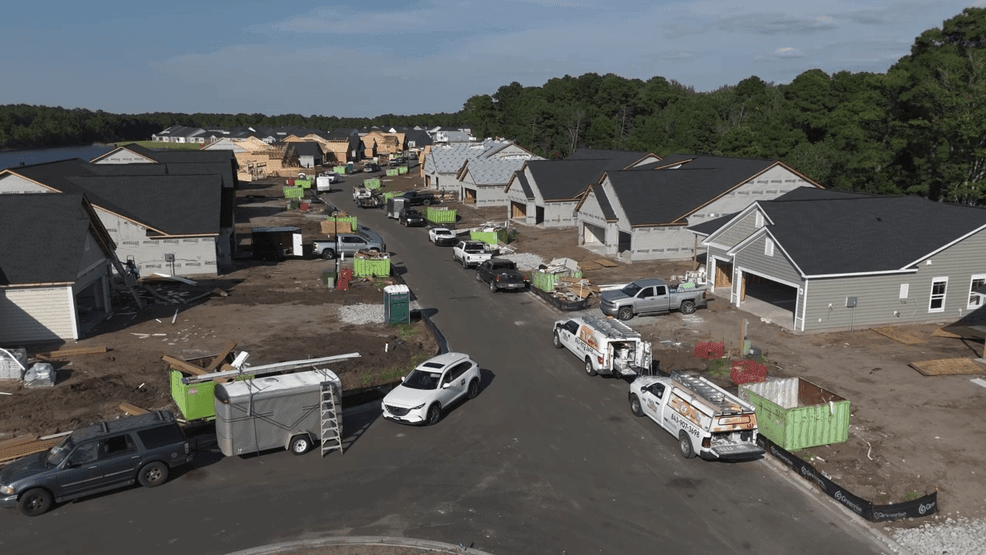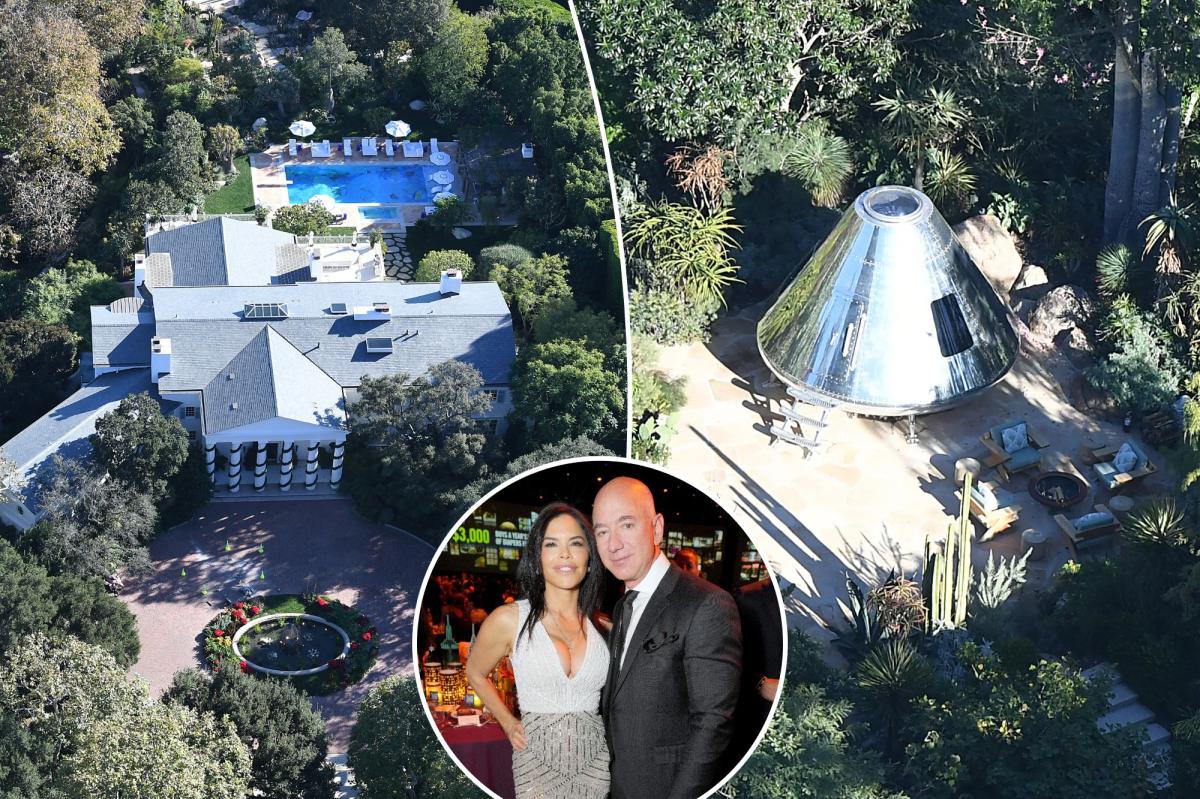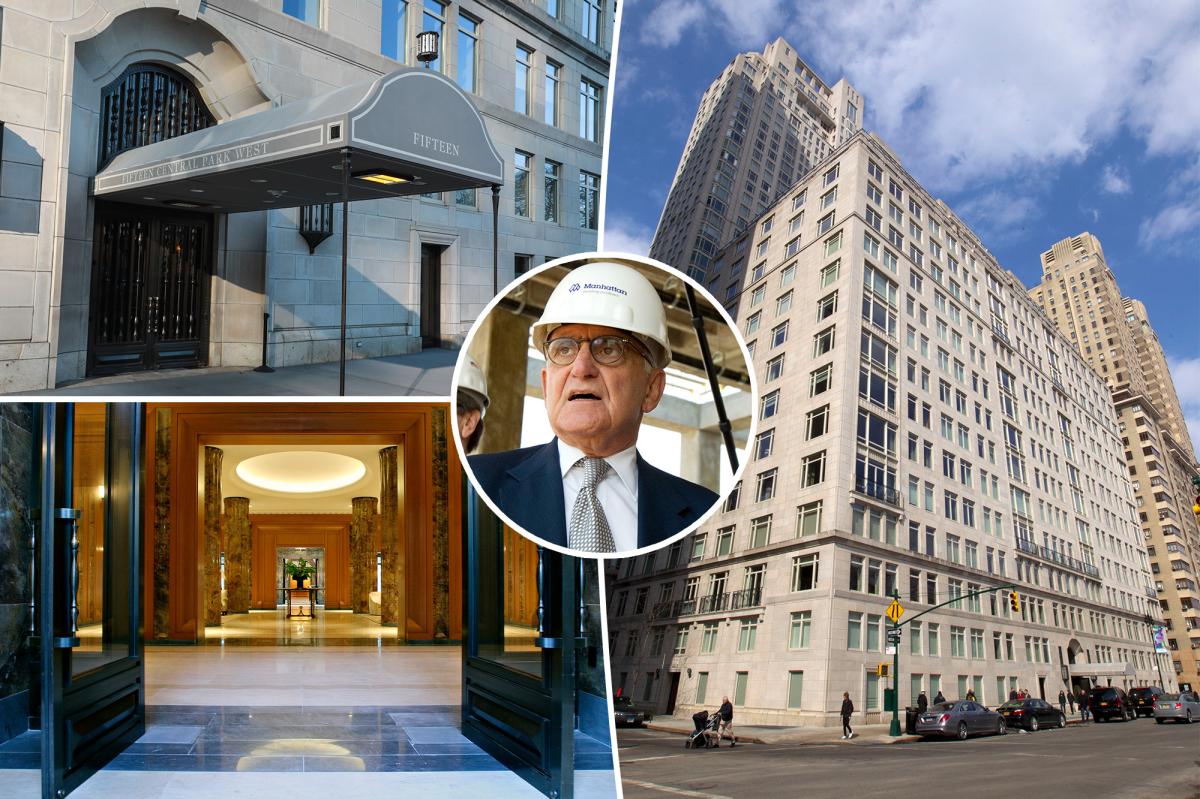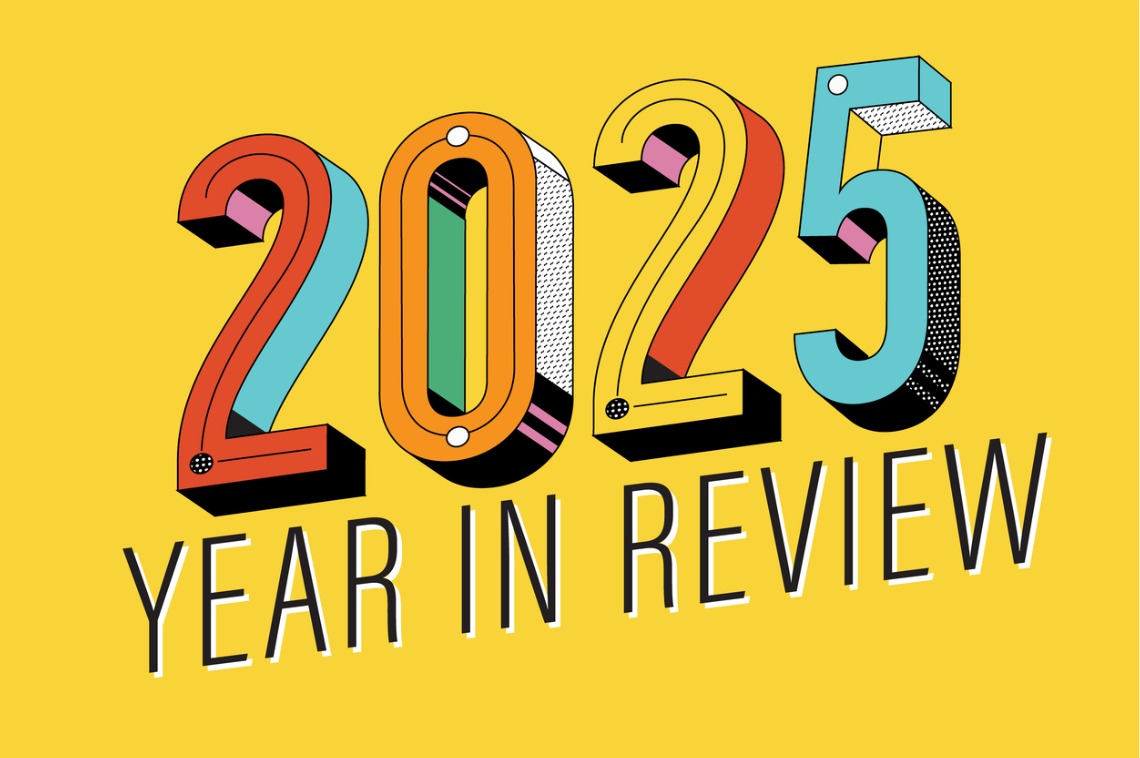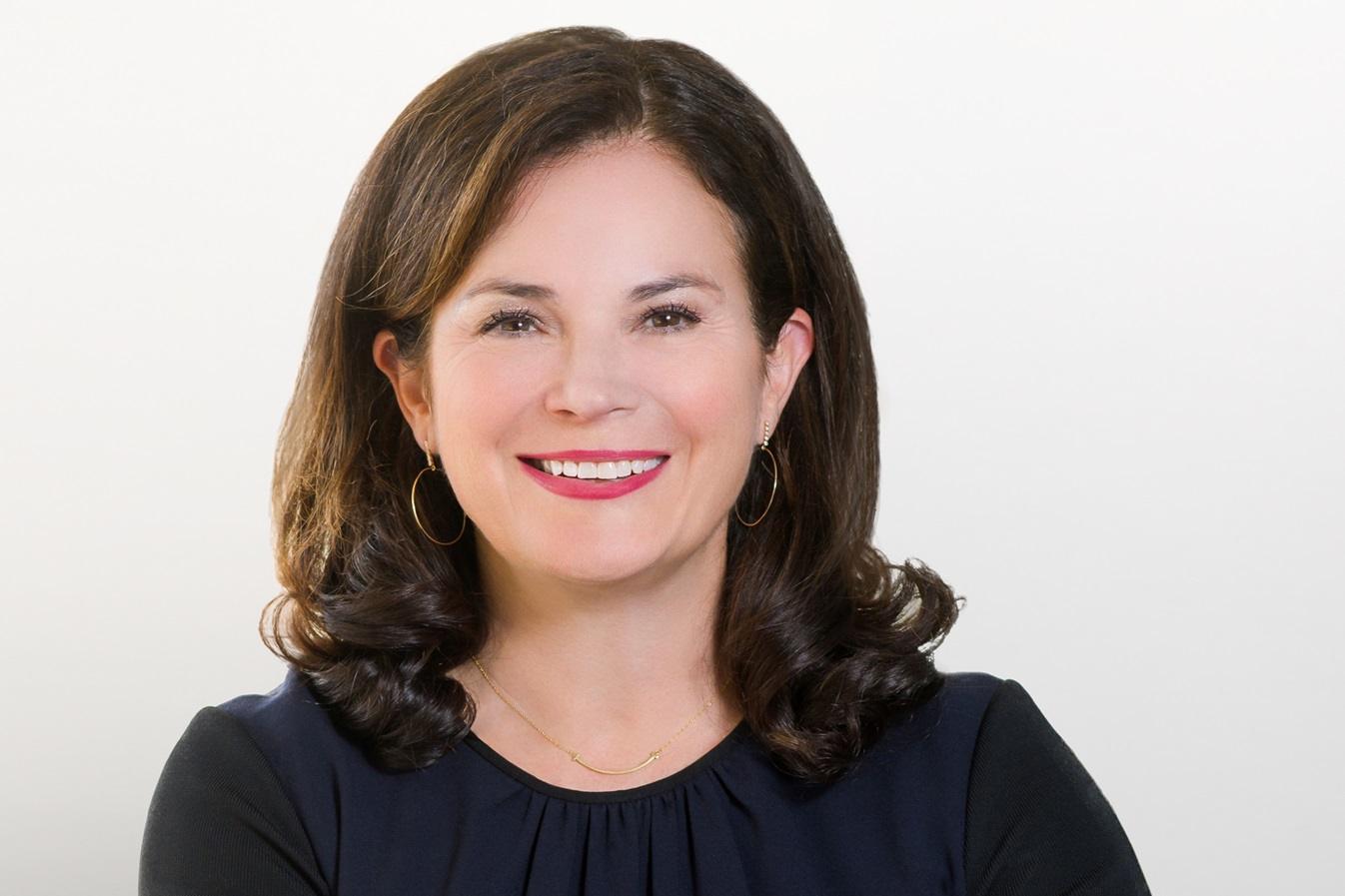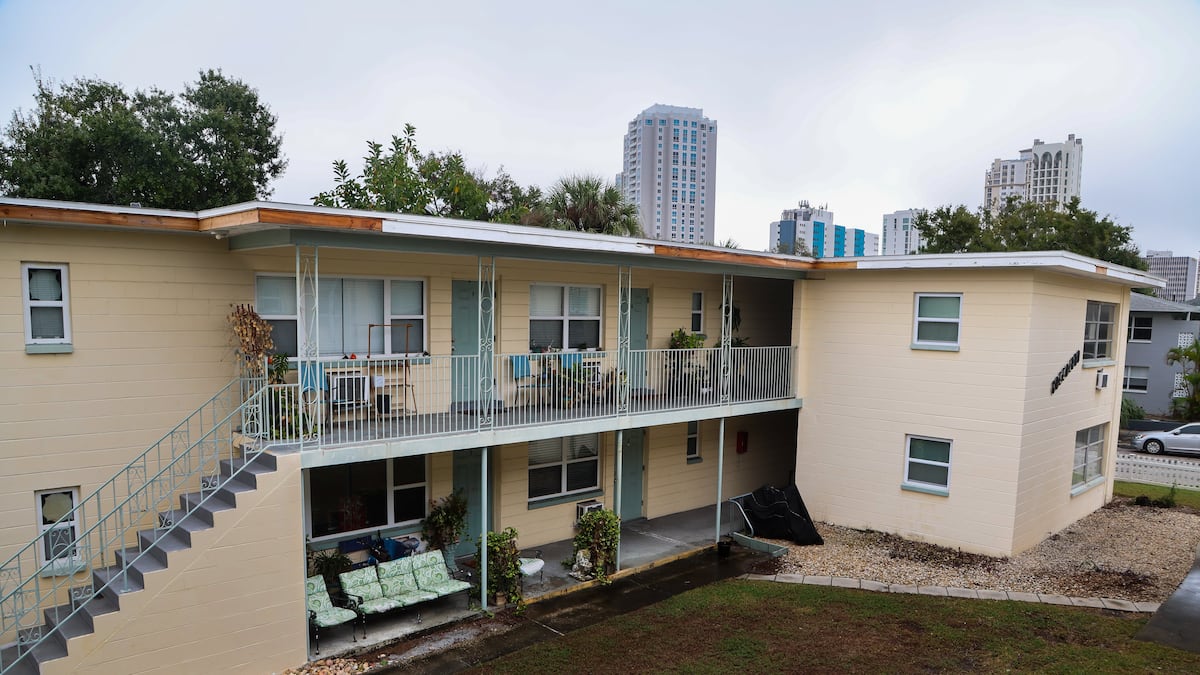H
orry County’s Grand Strand real‑estate scene is moving toward steadiness. With interest rates flat and home‑price growth slowing, the market is settling into a new normal after years of turbulence. “We’ve gotten used to the unhealthy market during COVID and now we’re back to a healthy, balanced market for buyers and sellers,” said Michelle Duncan of Duncan Group Properties, who chairs the CCMLS committee that gathers sales and listing data for the Coastal Carolina Association of Realtors (CCAR).
The committee’s summer report shows closed sales up 2.6 % over the 12‑month average, indicating that buyers remain active even though prices have roughly doubled since pre‑pandemic levels. Sellers, however, face longer waiting periods. May’s inventory hit 4,158 homes— the highest since 2016— a figure that matters to CCAR because the market has historically hovered between 3,700 and 4,200 listings each month from 2012 to 2020.
State Realtor data reveal that Horry County homes stay on the market longer than any other South Carolina region. In August, single‑family homes averaged 117 days on the market, close to the 124‑day national average and only slightly above Beaufort‑Jasper (118 days) and Aiken (110 days). Duncan attributes the higher days‑on‑market numbers to the prevalence of new construction, which can inflate statistics because many properties are listed while still under construction.
New builds are reshaping the area. Although the Census Bureau reports a national decline in monthly new residential sales, builders are countering this by offering more incentives. Robert Salvino of Coastal Carolina University’s Grant Center for Real Estate notes that builders remain flexible, making concessions to attract buyers. While existing homes dominate the market, new construction is essential for boosting supply, and builders are better positioned to respond to market conditions than existing homeowners.
Nationally, cracks are appearing in the new‑build sector. July 2025 sales of new single‑family houses reached a seasonally adjusted annual rate of 652,000— an 8.2 % drop from July 2024’s 710,000. The seasonally adjusted estimate of new houses for sale at July’s end was 499,000, up 7.3 % from 465,000 a year earlier. This translates to a supply of 9.2 months, a 16.5 % increase from July 2024’s 7.9 months.
Census and HUD data suggest the Myrtle Beach building boom may be tapering. The area led the state in new‑home permits from 2019 to 2023, with permits rising from 7,800 in 2019 to a peak of 13,176 in 2023. Last year, however, Horry County’s permits fell below those of larger cities like Greenville and Charleston, totaling 7,331. Despite this, local builders remain undeterred. Conway has annexed several developments over the past two years, and more than 5,755 single‑family units are currently in the development stage. “Building prices aren’t climbing as steeply as before, and builders are taking on less risk, adopting a more conservative approach,” Salvino said.
Both Duncan and Salvino remain optimistic about the region’s appeal and its capacity to sustain a building boom that aligns supply with the slowing demand. “Everyone needs a home, and I think this market is the most normal we’ve seen in a long time,” Duncan concluded.
